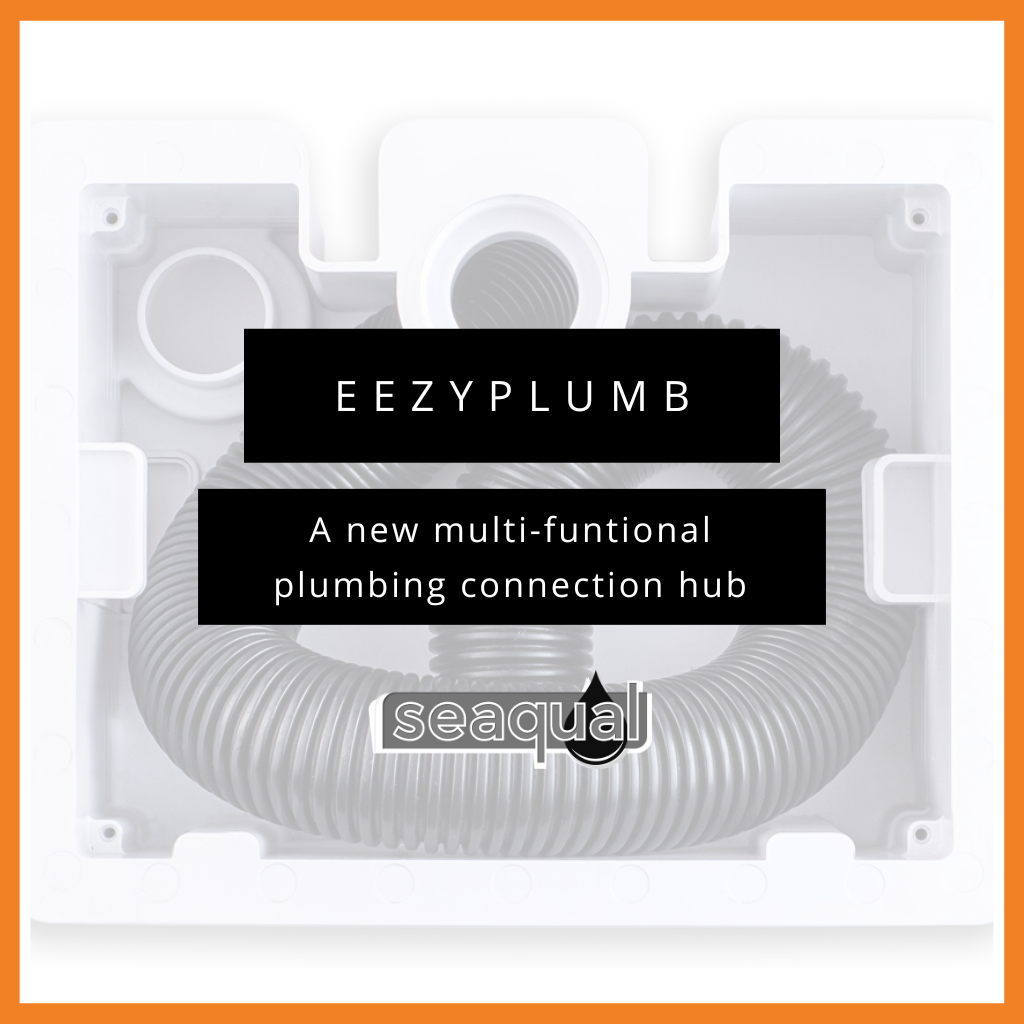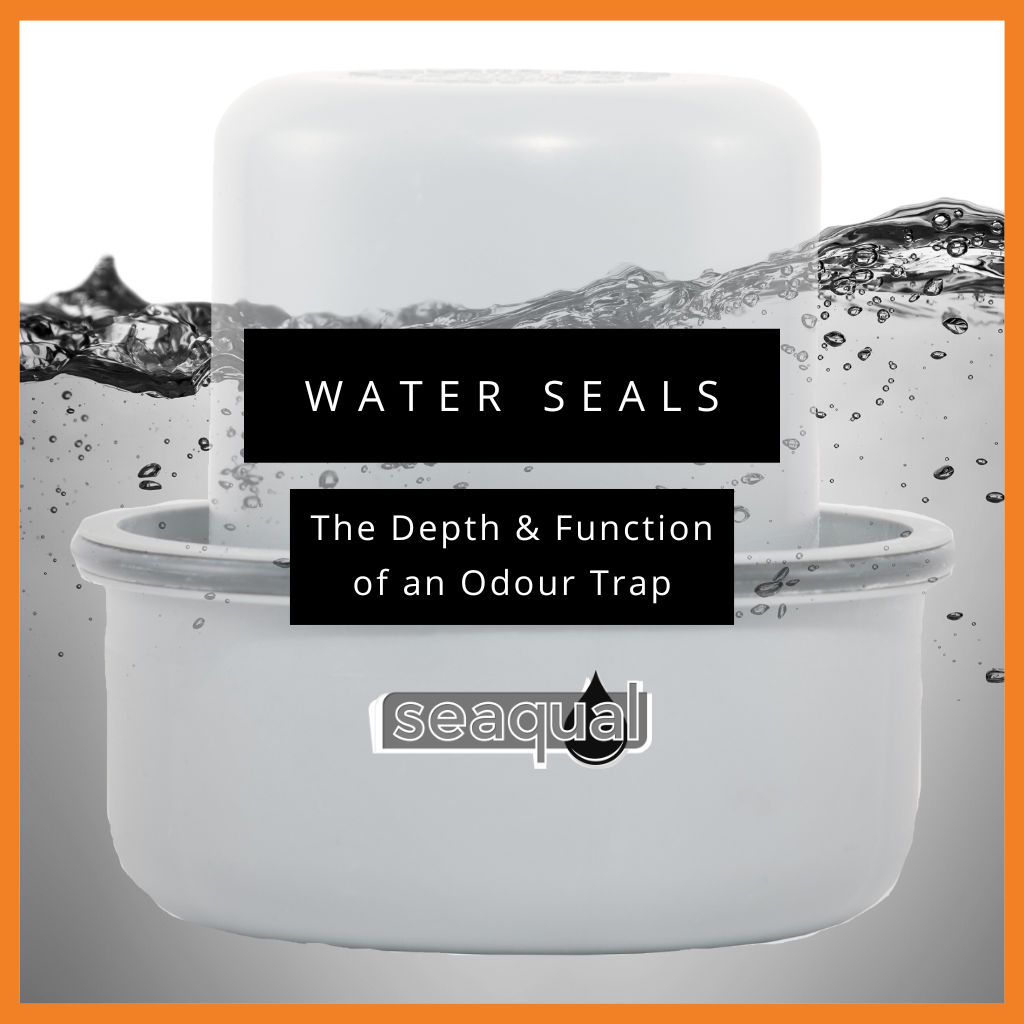
(Injection Moulding Machine © Seaqual)
In Seaqual’s factory, injection moulding is the process whereby various raw and/or reground plastics are heated to melting point. The molten plastic is then fed under pressure into a steel mould by means of a screw to form a component. Water is then circulated through the mould to cool it causing the plastic to solidify enough for the component to be removed by a machine operator. This process is repeated over and over again. Injection moulding machines can mass produce identical components quickly and efficiently and are therefore a popular choice for the production of plastic components in an array of industries.

(Raw/Reground Plastic- Canva Image)
The injection moulding process, commonly known as the cycle time, can take anywhere from 2 seconds to 2 minutes and can be divided into 4 major stages: Clamping, Injection, Cooling and Product Removal.
1. Clamping
Moulds are divided into 2 halves with one half fixed to the machine and the other able to slide. The clamping unit, which is hydraulically powered, pushes the two halves of the mould together with enough force to create a leak-proof chamber into which the molten plastic is injected.

(Injection Mould Halves & Clamping Unit – Canva Image)
2. Injection
The raw plastic material used in this process is most commonly in pellet form (similar to the chlorine used for a swimming pool). These pellets are vacuumed up into the machine, travel down the hopper and move towards the mould via the injection unit. The injection unit consists of a barrel, screw and heater bands. During this stage, the material is melted by the heater bands positioned at intervals on the outside of the barrel and then injected into the mould by the screw which builds up pressure to keep the molten plastic packed into place.
3. Cooling
The actual injecting of the molten plastic takes place very quickly because the material begins to cool as soon as it makes contact with the interior of the mould. As the plastic cools, it begins to harden into the required component, but what is important to note here is that with cooling comes a slight contraction of the part commonly known as shrinkage. The tight packing of the molten material into the mould does allow for slightly less visible shrinkage. The mould is not opened until the full required cooling time has elapsed. This time will vary depending on a number of variables including the thermodynamic properties of the plastic and the wall thickness of the component.
4. Product Removal
Once the required cooling time has elapsed, it is then safe to open the mould and remove the component. This is done by the ejection system which is attached to the half of the mould that is fixed to the machine. When the mould slides open, this mechanism forces the component out of the mould allowing the machine operator to remove it. To make this process easier, a lubricant is sometimes sprayed onto the interior of the mould to facilitate a smoother removal. Once the component is ejected, the mould halves come together again for the next component.

(Diagram © Seaqual)
As soon as our machine operators remove the component, they do an inspection of the unit and, using cutters or a Stanley knife, they remove any excess plastic from the edges that are left behind during the production process. Due to the thermoplastic properties of the plastics that we use at Seaqual, these shavings can be reground and mixed in with virgin pellets, in a predetermined ratio, making this form of production efficient and environmentally friendly.

(Machine Operator removing excess plastic from our HiddenHatch © Seaqual)
For more info on the various PVC-free plastics we use at Seaqual, you can visit our Plastics & Plumbing blog.
Thanks for reading and Happy Plumbing! :)



